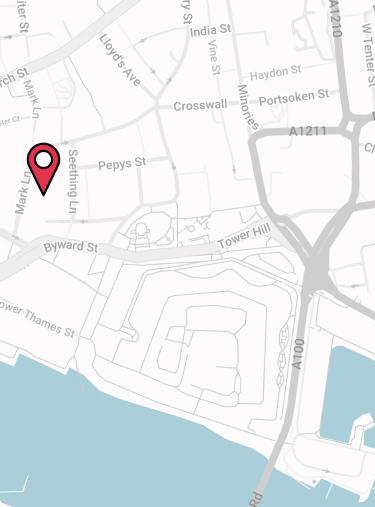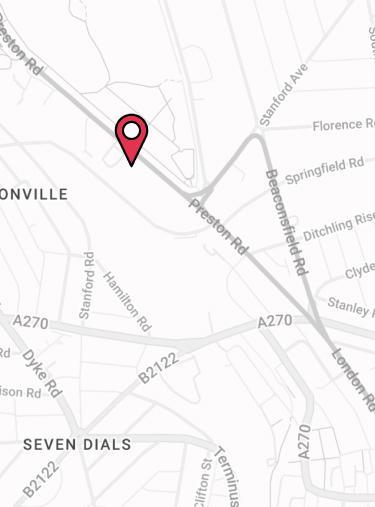
Tax Efficient Ways to Extract Profit from Your Company
We work with a lot of business owners and something that is always a hot topic of conversation is how they can extract profit from their business in the most tax efficient way.
Many business owners come to us having built up excess cash reserves beyond those needed for a rainy day. With some good financial planning there are plenty of ways we can work with excess cash reserves to be efficient within the existing HMRC framework. We all have the right to arrange our affairs in the most tax efficient way, and withdrawing cash from your company is no exception.
Given there are ways to take money out of your limited company perfectly tax efficiently without breaking any rules, the first big no-no is to consider practises or schemes that flout tax law or enter grey and murky waters, i.e. illegal tax evasion. If it sounds too good to be true the chances are that it is.
Below I have laid out some good practises that all business owners should consider as part of their plans to extract retained profit from their company.
How Much Can I Withdraw in Director Dividends and Salary?
If your company structure allows, you may wish to consider drawing a mix of salary and dividends to maximise the amount of cash you can withdraw from your company as director drawings.
We’d generally recommend drawing a salary above the National Insurance “Primary Threshold” (£12,570 per annum in the 2023/24 tax year) so you earn qualifying years towards your State Pension.
While the State Pension is by no means large, it will nonetheless offer a guaranteed bedrock for retirement income providing you meet the necessary minimum National Insurance contributions for the required length of time (typically 35 years).
After this minimal salary, drawing further income via dividends can result in less tax as dividends are taxed at a lower rate than salary. For example, in the 2023/24 tax year, the highest rate of income tax is 45% whereas the highest rate of dividend tax is 39.35%.
Income Tax in England, Wales and Northern Ireland 2023/24 | Dividend Tax 2023/24 | ||
|---|---|---|---|
Up to £12,570 | 0% | Up to £1,000 | 0%* |
Basic rate | 20% | Basic rate | 8.75% |
Higher rate | 40% | Higher rate | 33.75% |
Additional rate | 45% | Additional rate | 39.35% |
In deciding the exact salary and dividend mix for you, you also need to consider income from such things as savings, shares, rents etc., i.e. your total income mix, and what income tax allowances and reliefs are available on your other income.
Many of our clients who run their own limited companies also employ their spouse within the business. This can be another way of maximising the available drawdown from the company while mitigating the tax impact.
Each individual gets their own tax-free allowances etc., so you can effectively increase your income from the business by paying out to your spouse / civil partner as a director of the company.
They’re entitled to their own salary and dividend allowances before paying tax, so spreading out the income your household receives from the business to two people can reduce the total tax burden on a single company director.
Company Pension Contributions for Directors
Making pension contributions via your company is perhaps the simplest method of extracting money tax-efficiently from a business. Pensions are probably the most tax-generous product out there, offering income, capital gains and inheritance tax advantages.
If you make payments into a pension (either as an individual or as a company), they’re granted tax relief. You’ll get income tax relief for contributions in your own name and corporation tax relief for those made by the corporate structure. There can also be National Insurance tax savings if contributions are paid via salary sacrifice.
However, in return for the generous tax savings of pensions there comes complexity. There is a raft of legislation to ensure compliance with the pension tax regime.
For instance, high earning or high net worth business owners face limits on the amount of tax relievable contributions that can be paid (the annual allowance) as well as a cap on the overall amount of tax efficient pensions that can be accumulated over their lifetime (the lifetime allowance).
Given these complexities, professional financial advice is wholeheartedly recommended when it comes to pension planning. This is especially the case if you’re a high earner.
Yet there is a fairly simple way to double the available pension allowances that can be paid out from the business: employ your spouse / civil partner within the company. Just as with income and dividend payments, each director is entitled to their own annual pension allowance and their own lifetime pension allowance.
So while there’s a cap on the amount you can pay into a pension each year from personal and company contributions, this cap applies per person. This means, assuming your company has the funds, you could potentially double your annual pension contributions — which are eligible for tax relief — by also employing your spouse.
It’s important to note that pension contributions you make today cannot be accessed until age 55 (57 from 2028 and increasing thereafter) — that said, funding now for the lifestyle in retirement you want is essential.
Fund Tax Efficient Investments with Company Profit Extraction
If, after making pension contributions and extracting a tax-efficient drawdown from your company, you’re still looking for options then you may want to consider certain tax-efficient investments. These fall into two main, high risk, camps:
- Enterprise Investment Schemes (EIS)
- Venture Capital Trusts (VCT)
Both have their place in the proper circumstances. Purely in terms of profit extraction a VCT may be the preferred route; this said, an EIS also has added capital gains deferral and inheritance tax advantages.
Investment into a VCT will provide 30% income tax relief applied as a tax reducer to your personal income tax bill as well as paying out a tax-free dividend stream. Furthermore, any capital gains made by the VCT itself are exempt from tax.
VCT | EIS | |
|---|---|---|
Annual investment limit | £200,000 | £1 million* |
Income tax relief for subscribers | 30% | 30% |
Clawback if held for less than: | 5 years | 3 years | Reinvestment relief period |
— before gain made | N/A | 1 year |
— after gain made | N/A | 3 years |
Tax-free dividends? | Yes | No |
Tax-free capital gains? | Yes | Yes (after 3 years) |
Tax relief for losses? | No | Yes |
Inheritance tax business property relief? | No | Yes |
VCTs (and EIS) are very complex and high-risk investments with minimum holding periods, strict qualifying criteria on the underlying investments and potential liquidity issues.
However, they are worth considering for those who can afford to do so and where pension planning has been maximised or is prohibited by contribution limits or lifetime allowance issues.
Profit Extraction from a Business: In Summary
What the most tax efficient income is for you will come down to many factors and external influences. Other assets and incomes you have away from the business, future business succession plans and your own personal and family objectives will all influence what the best overall approach is.
What is paramount is that you seek the advice of your trusted professional advisers including your accountant, lawyer and financial adviser who must all work together to provide you with the optimal outcome.
IMPORTANT NOTICE 🧐
The pension lifetime allowance (LTA). was abolished as of 6th April 2023.
- Topics
- Business Owner
Contact Us
125-135 Preston Road
Brighton
BN1 6AF
Cookies
Drewberry™ uses cookies to offer you the best experience online. By continuing to use our website you agree to the use of cookies including for ad personalization.
If you would like to know more about cookies and how to manage them please view our privacy & cookie policy.








